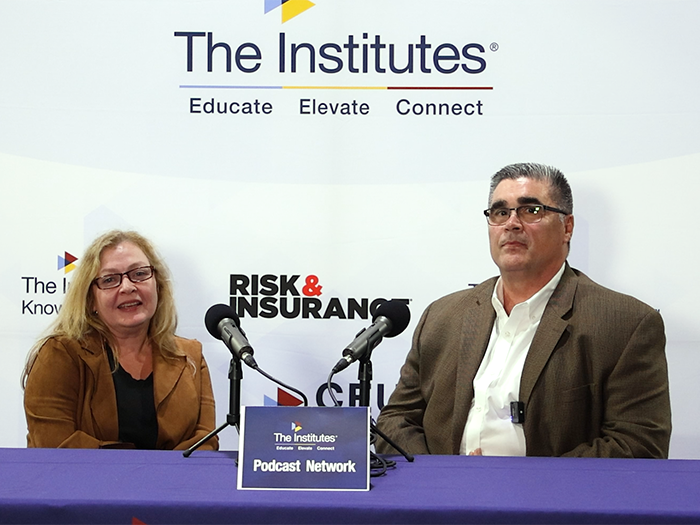Column: Workers' Comp
Resourceful Responses
The creativity displayed by people working in our industry always impresses me. I commonly get a roll of the eyes when non-industry people hear I spend my days reporting on workers’ compensation. “What can you possibly find to write about?” is their most common question. I brush them off, telling them about the sillier stories that get reported on in workers’ comp. Like the one about the Australian woman who sought benefits for an injury sustained while engaged in sexual activity in a hotel room during a work trip.
A glass light parted from a wall above her, injuring her. It takes a creative mind to suffer an injury while enjoying an aggressive romp in a hotel room and then think, “This calls for workers’ comp benefits.”
People also like to hear about crime and controversy, so I tell them stories like the one about a fast food worker denied workers’ comp benefits after he was shot at work. The young man broke his company’s policy against confronting criminals when he rushed to help a woman attacked by a man in the restaurant.
It also takes a creative claimant attorney to jockey for negotiating leverage by alerting the media about how a giant fast food corporation denied workers’ comp benefits to his heroic client for an injury suffered while rescuing a customer.
Those types of stories attract a lot of media attention. But over the years I have particularly admired the creative strategies applied by risk managers, sometimes to gain their own negotiating leverage.
Like one risk manager who years ago shared his strategy with me for final renewal negotiations with his property insurance partner of many years.
When the insurer visited, the risk manager would ask when their return flight was. The risk manager kept his guest busy with lunch and other conversations, avoiding the final renewal discussions until nearer the time of the insurer’s departing flight.
The insurer wanted to close, but with one eye on the clock he was more likely to agree to give a bit more on terms the policyholder desired.
Another risk manager told me how he annually ranked defense attorney firms he hired. His formal ranking process included billing practices and scoring how promptly attorneys returned phone calls.
The risk manager shared his scoring results with all the attorneys. None wanted to rank below the other competing law firms. The creative measure spurred competition and hopefully improved service.
Creativity can also have a compassionate side. I heard of such a case recently while attending the Disability Management Employer Coalition’s annual conference.
Janet Barfoot, leave benefit analyst for CenturyLink, discussed accommodating an injured, yet motivated worker. The network technician didn’t want to give up his paycheck for a smaller short-term disability benefit.
But medical restrictions prevented him from lifting 20 pounds. So CenturyLink worked with his union and arranged a temporary job swap with a co-worker. For a return to his regular duties, co-workers agreed to pitch in the few times he would need a 67-pound ladder lifted.
The creative job accommodation saved the company claim dollars and overtime hours. It also strengthened relations between employer and employees, who witnessed the company’s efforts to help a peer.
That’s the kind of creativity that impresses me.










